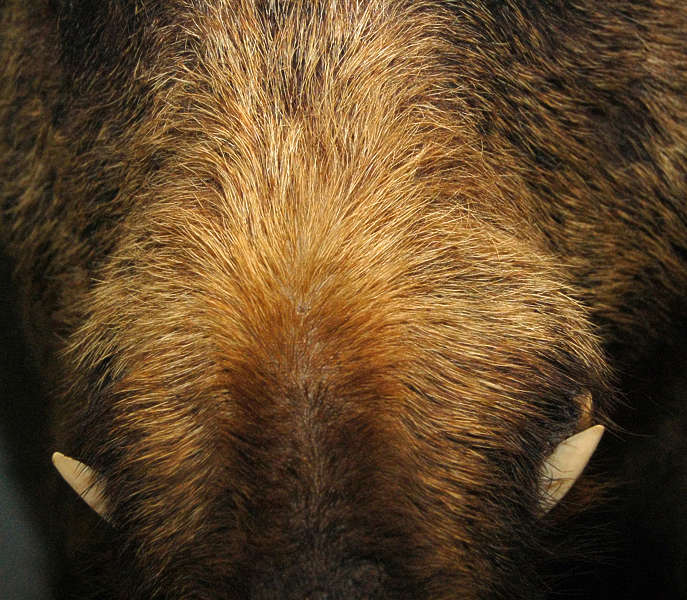

#Roads of rome 4 download upgrade
Upgrade works to 6-lane started in 1983 and were completed in stages throughout the 1990s and 2000s. Further works were carried over throughout the 1970s, and by 1979, the remainder sections were upgraded to four-lane and the entire ring classified as toll-free highway. Upgrade works to motorway standards started in late 1950s with first dual-carriageway, four-lane section (Salaria to Tuscolana) opened 1962. The last section to be opened was the west-to-north section ( Aurelia to Flaminia), in 1970.Īlthough the GRA was initially planned and built as a single-carriageway road, it was soon clear that traffic was rapidly growing well beyond the expectations. The first section, Flaminia to Tiburtina (north-to-east section) opened in 1952, later extended in stages. One of the designers' main purposes was to build the road as most equally distant as possible from the geographic centre of town, the Campidoglio, 11.4 kilometres (7.1 mi) away from the motorway.Ĭonstruction works started in 1948. Plans for an orbital road around Rome were proposed by the end of World War II. 2007: 97% of the GRA track is on a 6-lane set.2000: 75% of the GRA track is on a 6-lane set.1997: 50% of the GRA track is on a 6-lane (2x3) set.1970: The Aurelia-Flaminia section is opened, the ring is completed.1962: The lane number is doubled in Salaria-Tuscolana section.1960: The road was part of the marathon course of the 1960 Summer Olympics.1955: The Tiburtina-Appia section is opened.1952: The Flaminia-Tiburtina section is opened.1951: The Appia-Aurelia section is opened.The official number among the Italian motorways is A90, but is widely known by Romans as Il Raccordo ("The Junction"). Its acronym was given after one of its main designers and supporters, Eugenio Gra, chairman of ANAS, the Italian roads Authority, at the time of construction. Maintenance costs are around €11 million per year. However, there are plans to introduce a fee for vehicles entering the GRA from highways. It has 42 junctions, with the Via Aurelia numbered 1 and the rest following clockwise. The GRA features 14 tunnels, with lengths varying from the 66 meters of Parco di Veio II tunnel to the 1,150 meters of the Appia Antica tunnel as well as eight rest areas. GRA is one of the most important roads in Rome, and traffic reaches 160,000 vehicles per day as of 2011. The GRA or Grande Raccordo Anulare (literally, "Great Ring Junction") is a toll-free, ring-shaped 68.2 kilometres (42.4 mi) long orbital motorway that encircles Rome. For more guidance, see Wikipedia:Translation.You should also add the template to the talk page.A model attribution edit summary is Content in this edit is translated from the existing Italian Wikipedia article at ] see its history for attribution. You must provide copyright attribution in the edit summary accompanying your translation by providing an interlanguage link to the source of your translation.If possible, verify the text with references provided in the foreign-language article.





 0 kommentar(er)
0 kommentar(er)
